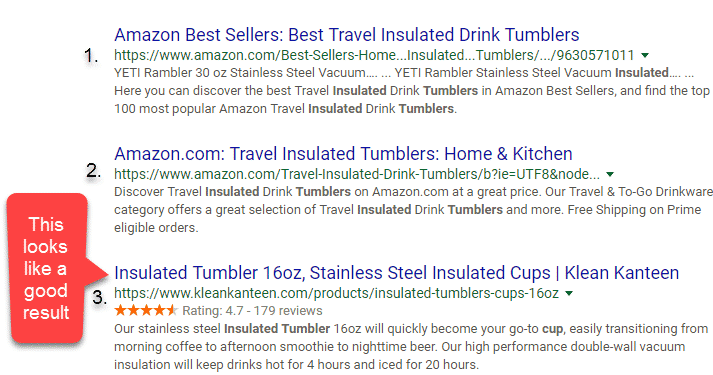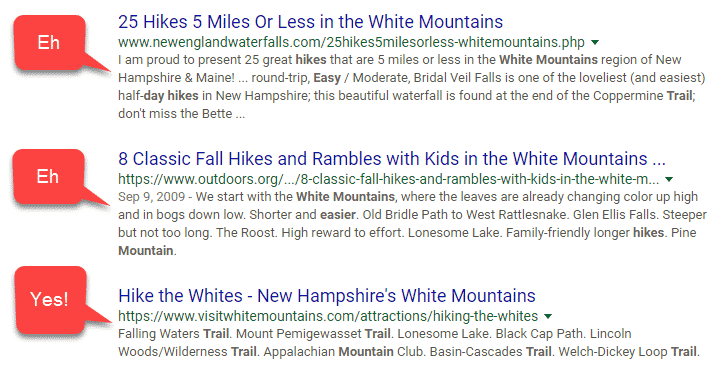Last Updated on February 1, 2018 by Mike
 If you’re in-tune with the latest SEO updates, you may have heard of something called RankBrain, and the fact that it’s been taking the SEO industry by storm.
If you’re in-tune with the latest SEO updates, you may have heard of something called RankBrain, and the fact that it’s been taking the SEO industry by storm.
But what is RankBrain anyway, should I alter my SEO strategy? Is it here to stay?
RankBrain is what Google calls its self-learning algorithm to help it provide more accurate and helpful search results for its users. The key difference is that instead of Google engineers fine tuning the algorithm, machine-learning artificial intelligence is the mastermind with the controls.
RankBrain has been a part of Google’s search algorithm for quite some time – since 2013 with the launch of Hummingbird specifically, but until recently it has seemed to play a fairly minor role in Google’s overall algorithm.
What has grabbed the attention of SEOs everywhere as of late is the fact that RankBrain uses user experience metrics to prioritize websites, notably Click Through Rate, Dwell Time, and Bounce Rate.
Click Through Rate
Let’s say I’m interested in buying some insulated tumblers online. I do a quick google search and, no surprise, Amazon has the first two results.
However, I’ve been shopping Amazon a lot recently and I’m feeling a little adventurous. The third listing has a great page title and meta description, so I decide to click on that result.

RankBrain understands that I clicked on the 3rd result after considering the first two. If enough people choose to click on the third result instead of the top two, Google RankBrain will eventually identify the demand of that result and potentially bump up the listing to the 1 or 2 position.
There have been many studies showcasing this effect over the years, often unnaturally. Rand Fishkin did an experiment way back in 2014 where he tweeted out to his followers, asking them to click on a listing ranked 7th. Within a few hours, that listing had jumped to the #1 position. You can read more about the case study here.
That’s not to say that kind of strategy will work long term, but it showcases how writing compelling page titles and meta descriptions for your target pages can influence CTRs and as a result your keyword rankings.
For the longest time, most SEOs believed that keyword rankings were not influenced by CTR, but that opinion quickly changed when Google engineer Paul Haahr showed an “Interpreting Live Experiments” slide in a presentation.
The gist of that video is that Google was actively running experiments back in 2016 where they were using CTR for search queries as a ranking signal.
Dwell Time & Bounce Rate
The other big consideration to look at is dwell time (time on-site) and bounce rate.
Using another example, let’s say that I’m looking to take my insulated tumbler on some easy day hikes in the White Mountains in New Hampshire. I look up “easy day hikes white mountains” and the first result has a great headline and appears like a good result to click on.
However, that page has no information on where trails are located, and their “directions and trail info” links are actually sponsored Amazon links. For that reason, I quickly hit the backspace button (bounce) after just 10 seconds on the page.
The second link is not much better, but the third result is exactly what I’m looking for!

Plenty of detailed info on the trails, exact locations of the trailheads with parking tips, views I get while hiking the trail, and much more. I devour every word of the article, read other featured articles on the website, and spend 15 minutes on the website.
Google RankBrain pays attention to these dwell time and bounce rate signals, and if enough people have a similar user experience that I had, the third result may eventually overtake the first two.
So, what can I do?
For starters, working at improving time on-site, bounce rate, and CTR metrics for each high priority page on your website. This may involve:
Dwell Time & Bounce Rate
- Adding more descriptive content to pages
- Restructuring content to make it easier to read (headers, shorter paragraphs)
- Adding images
- Embedding videos
Click Through Rate
- Evaluating current page titles
- Rewriting meta descriptions to Google’s new length standard
- URL structure
- Adding rich snippets to pages where possible (Schema)
Google is still experimenting
Like all news that comes out of the SEO world, it’s easy to get caught up on the latest and greatest updates and forget about what really influences keyword rankings and organic search engine traffic.
The extent to which CTR, dwell time, and bounce rate influences search engine rankings is largely unknown. However, what is still known is that content and links are still a big deal when it comes to SEO, and it is important to not forget that.
Google is likely still experimenting with RankBrain, so, for now, it may be best to stick with experimenting on your own.
Rewrite the page titles and meta descriptions of a few target pages. See what impact it has on your keyword rankings and search engine traffic (both positive and negative) and be ready to switch back to how everything was before.
Looking for guidance on rewriting meta descriptions? Stay tuned, next week’s blog post will cover that topic!

Leave a Reply